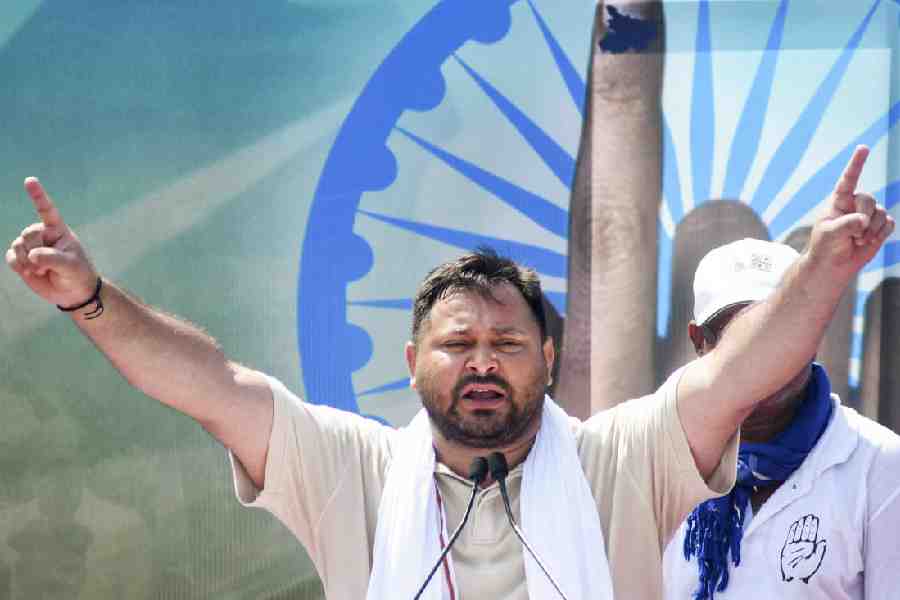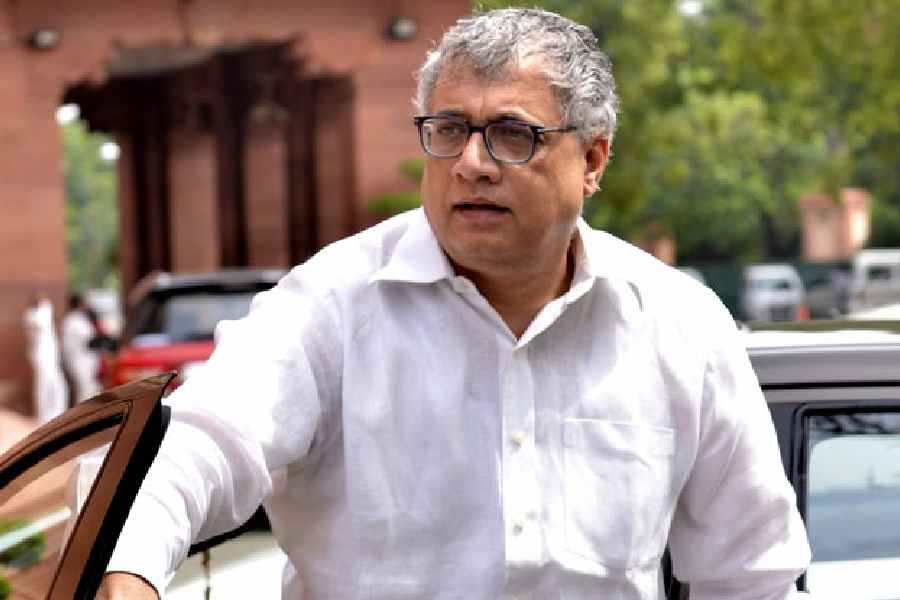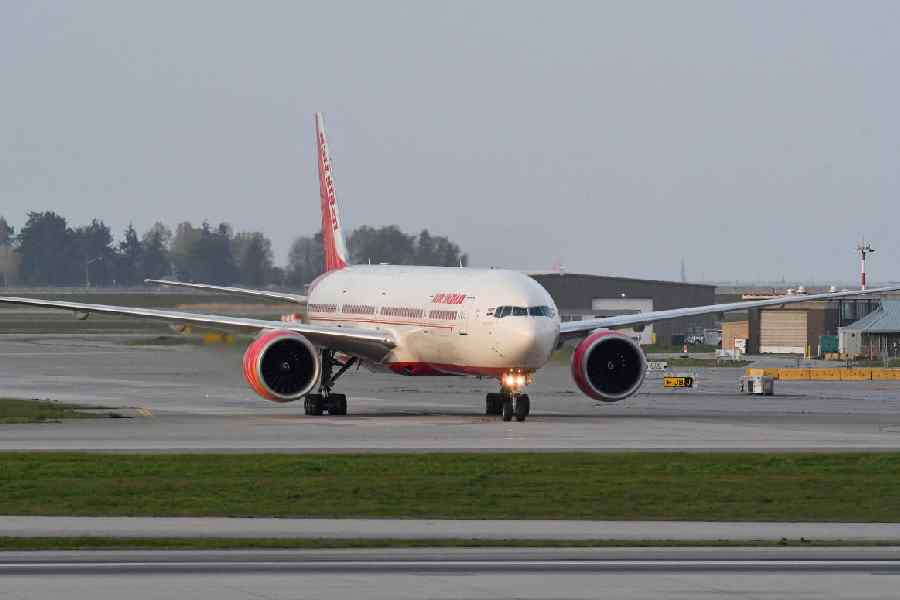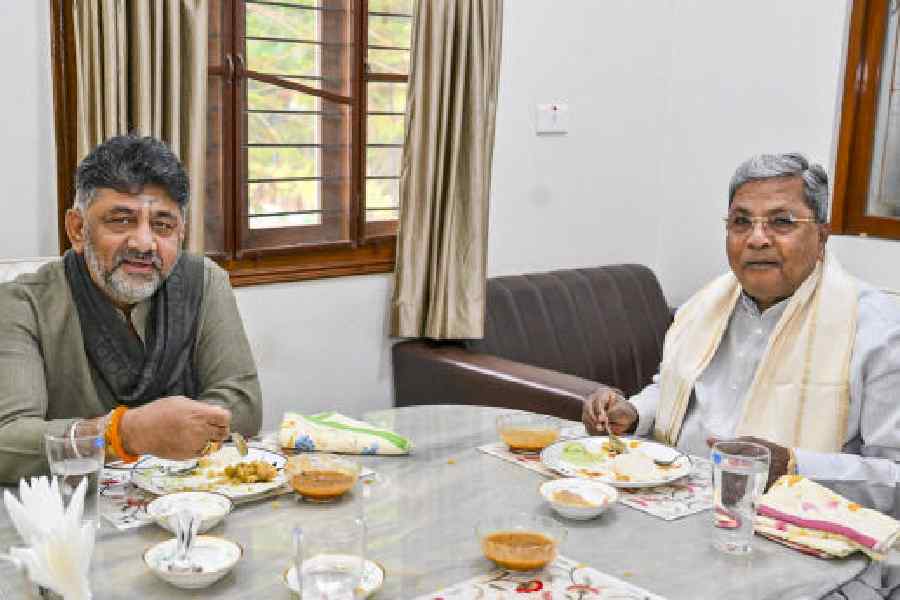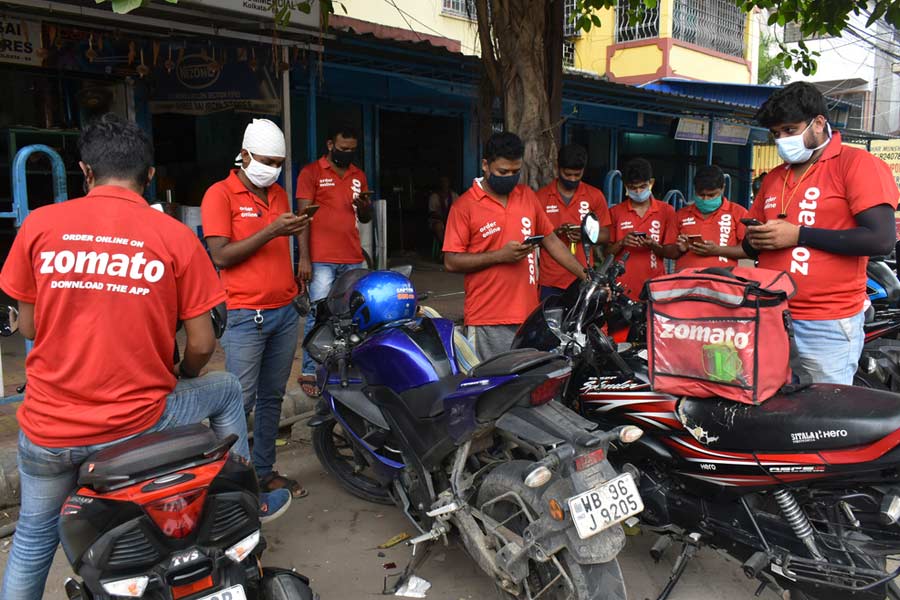With the sounding of the poll bugle in Bihar — the state will vote in two phases with the results of the assembly elections being declared on November 14 — the attention of the public and the pundits will turn from the Election Commission of India’s fractious Special Intensive Revision of Bihar’s electoral rolls to the business of politics on the ground. A number of intriguing questions make Bihar’s political territory rich for speculation. For instance, would Bihar grant Nitish Kumar, at the helm for two decades despite changing sides often, another shot at power? Apart from whispers about declining health, Mr Kumar’s ability to envision a new future for the state seems to be exhausted. The Bharatiya Janata Party, which has eroded the Janata Dal (United)’s electoral reach considerably, is itching to pocket Bihar on its own even though it has decided to fight this election under Mr Kumar’s banner. The prime minister’s personal appeal welded to its muscular — polarising — Hindutva credentials will be the BJP’s main electoral thrust. This election will also be an existential test for the principal challengers, the Rashtriya Janata Dal and its allies that include the Congress. The RJD, with Tejashwi Yadav leading the charge, will attempt to mobilise the disenchanted youth and stitch together a caste coalition that is expansive and inclusive. It would also be interesting to watch whether Prashant Kishor’s Jan Suraaj Party manages to make a mark by tapping into the subterranean demand for a fresh political face.
But there is a larger story in Bihar, one that none of the state’s political contenders is eager to tell for fear of exposing its own failures. This story is that of the state’s socio-economic decline since Independence. Some of the figures would make for dispiriting reading for Bihar’s well-wishers. Bihar’s annual per capita income is well below the national average; it ranks ninth in terms of youth unemployment, has a poor labour participation rate, and accounts for a high percentage of outmigration among the youth — this undermining of the demographic dividend is shocking; the school drop-out rate is significant; the fertility rate, a tell-tale sign of laggardly economic development, is high. This election will be yet another opportunity for political parties to offer a way for Bihar to rid itself of its spots. But going by history, it could well turn out to be another opportunity lost.

